Mayor Ko Wen-je Inspect Xinyi Eastern Extension: The Most Difficult MRT Construction in History; Two Meters of Progress Per Day
Due to the complex geological structure, weak and shallow soil, and the deep and hard laccolith layer, the shield tunnel machine at the Xinyi eastern extension tunnel construction site can only advance at an average of two meters per day. It is the most difficult construction in the Taipei MRT history, and the current construction progress is at 59.8%. On July 20, Taipei Mayor Ko Wen-je took a train car from Xiangshan Station to the end of the operating stabling tunnel of Xinyi line and walked right to the end of the Xinyi eastern extension tunnel to inspect the approximately 490-meter-long shield tunnel which connects with Xiangshan Station and offered consolation to the Guangci/Fengtian Temple Station construction team. Mayor Ko Wen-je affirmed the performance of the construction team in maintaining high standards of construction quality in the Xinyi eastern extension with its high degree of difficulty and is looking forward to contact between Xinyi District and Nangang District being easier after the last mile of the high-capacity system in Taipei Metropolitan Area is completed, driving social and economic development along the line.
The tunnel that Mayor Ko inspected, from Xiangshan Station’s tail track to Guangci/Fengtian Temple Station, has a length of approximately 490 m and a depth of approximately 16-21 m. The strata along the line is mainly hard rock or mixed soil-rock formation, and the shield tunnel machine speed cannot be increased with its average tunnel drilling progress of two meters per day. The construction team added a shield tunnel machine to increase the construction speed and improve the efficiency of the soil and stone transportation in the tunnel and finally complete the excavation and progression of the two tunnels.
The Xinyi eastern extension Guangci/Fengtian Temple Station construction commenced in November, 2016 and is located to the south of Guangci Charity Park beneath Fude St. The construction site is near Four Beasts Mountains in the hills on the edge of Taipei Basin, and the biggest challenge faced by the construction team is the complex geological conditions, making it the most difficult construction in the Taipei MRT history.
The construction site of the Xinyi eastern extension is at the foot of Four Beasts Mountains, and the geology in the area is highly complex and diverse. From the surface to 10 m underground, there are some parts of the area which are weak like swamp mud pits. Steel plates must first be laid to enable heavy excavation equipment to be erected on the steel plates; however, some areas are too soft, and even steel plates will sink into the mud pits. At this point it is necessary to grout cement first to strengthen the bearing capacity. However, below the swamp mud pits is a hard rock plate, and the rock plate must be excavated with a maximum thickness exceeding 20 m. The hardest rock strength is four times the strength of concrete in ordinary buildings. Second District Project Office stated that the use of dynamite to crack the rock is unsuitable for construction in urban areas; therefore, within the limited space of the work area, the construction team must use additional tools to crush the rock plate, and then excavate it. The scene of the construction process is similar to being in a quarry environment.
Second District Project Office pointed out that due to the narrow width of Fude St., the net distance between the building lines on both sides is only 25 m, and an underground station is only 22 m wide, diaphragm walls must be excavated immediately adjacent to the buildings on both sides of the MRT station structure. Moreover, the complex and uneven geology in the work area causes the challenge and difficulty of the diaphragm wall and excavation construction to be multiplied. In addition, because the construction area is surrounded by residential areas, at nighttime in order to reduce the impact on people’s daily lives, construction is put on hold, which affects the continuity of construction operations. Thanks to the improvement of construction techniques and the enforcement of communication with local residents, all difficulties in geological structure have been solved, the excavation of the site has been completed, and the structural construction has been commenced.
In his speech, Mayor Ko Wen-je expressed that Taipei Government has long promoted transit-oriented development (TOD) and places a great deal of importance on the implementation of residential justice. As a result of the convenience of the MRT, Guangci Charity Park, which is adjacent to Guangci/Fengtian Temple Station could be considered the most exemplary case of TOD urban development in the city.
The Xinyi eastern extension runs through a shield tunnel along Xinyi Rd. Sec. 6 to Fude St., and 29 meters has been excavated in front of Guanci Charity Park to set up Guangci/Fengtian Temple Station with three underground levels. The station has two exits/entrances at Guangci Charity Park Administration Building and the Social Welfare Complex co-construction building. With a length of 1.4 km, the route runs east from the station through a shield tunnel along Zhongpo S. Rd. to Yucheng Park, and a stabling tunnel has been set up for future extended operations and dispatching. The planned objective is for the construction to be completed at the end of 2023, and to undergo stability testing by DORTS in 2024. After passing the initial and final inspections, the route will be opened to the public for operation.
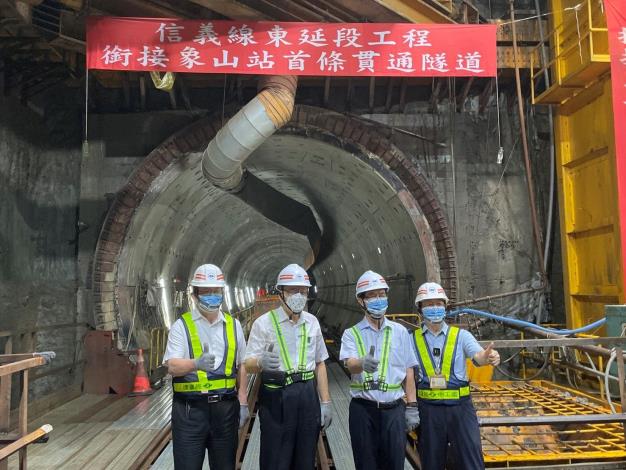
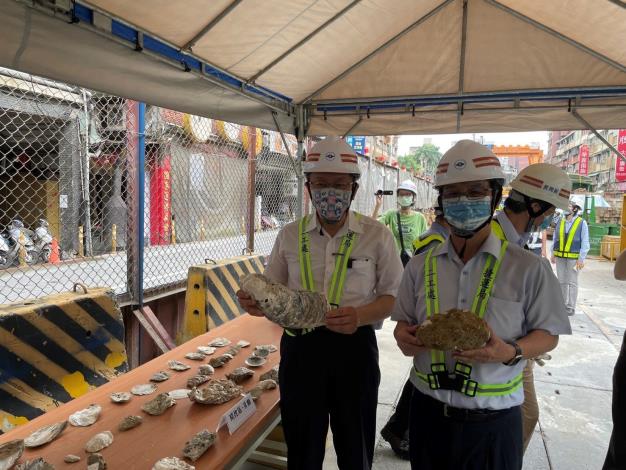
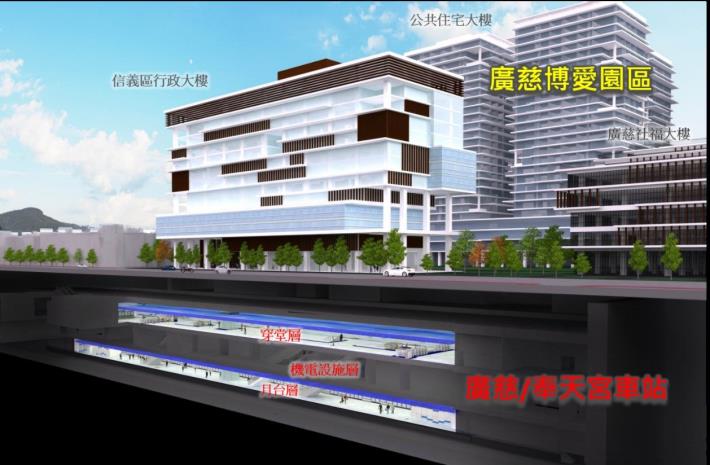
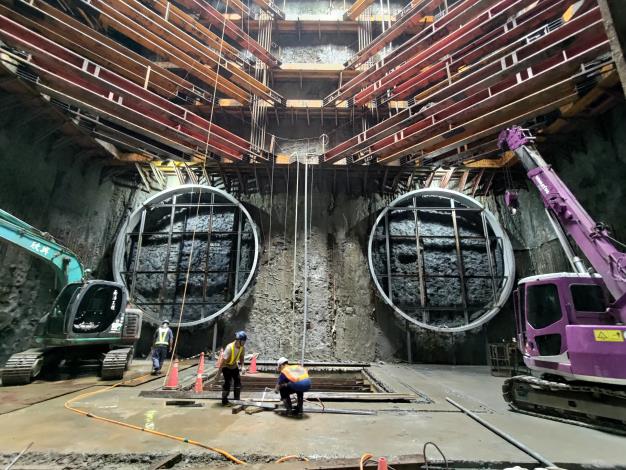
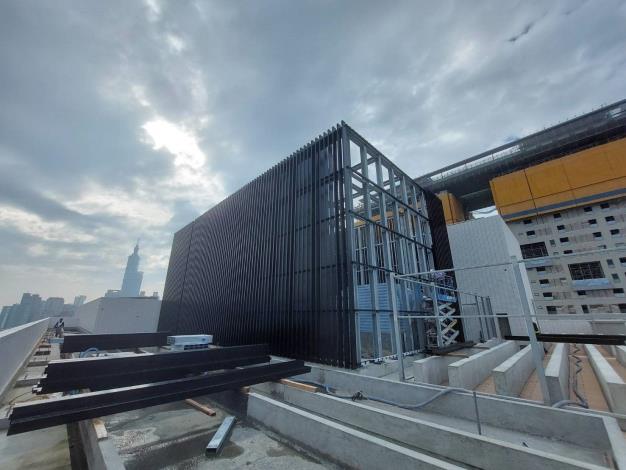
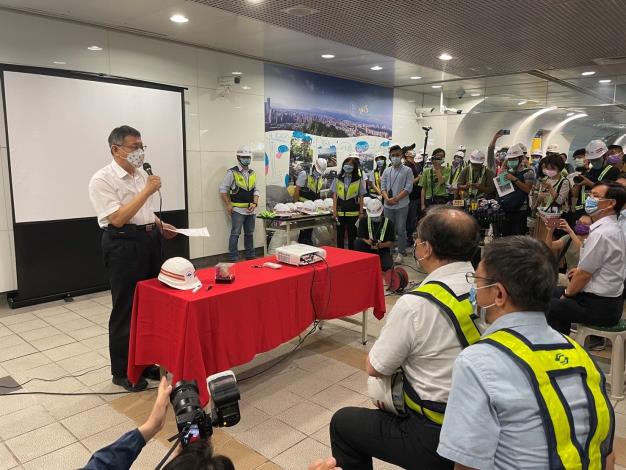
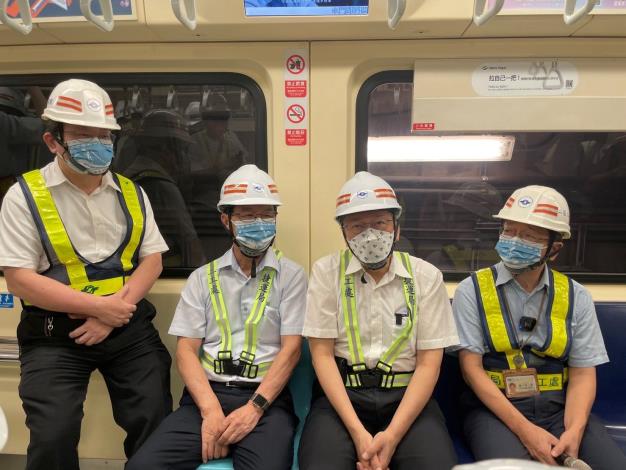
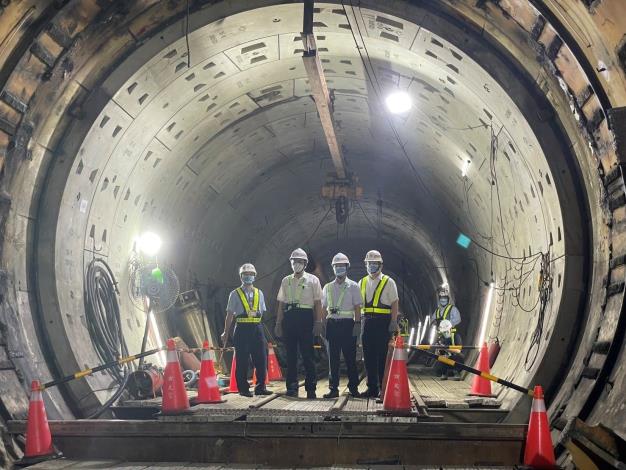

![Taiwan.gov.tw [ open a new window]](/images/egov.png)
